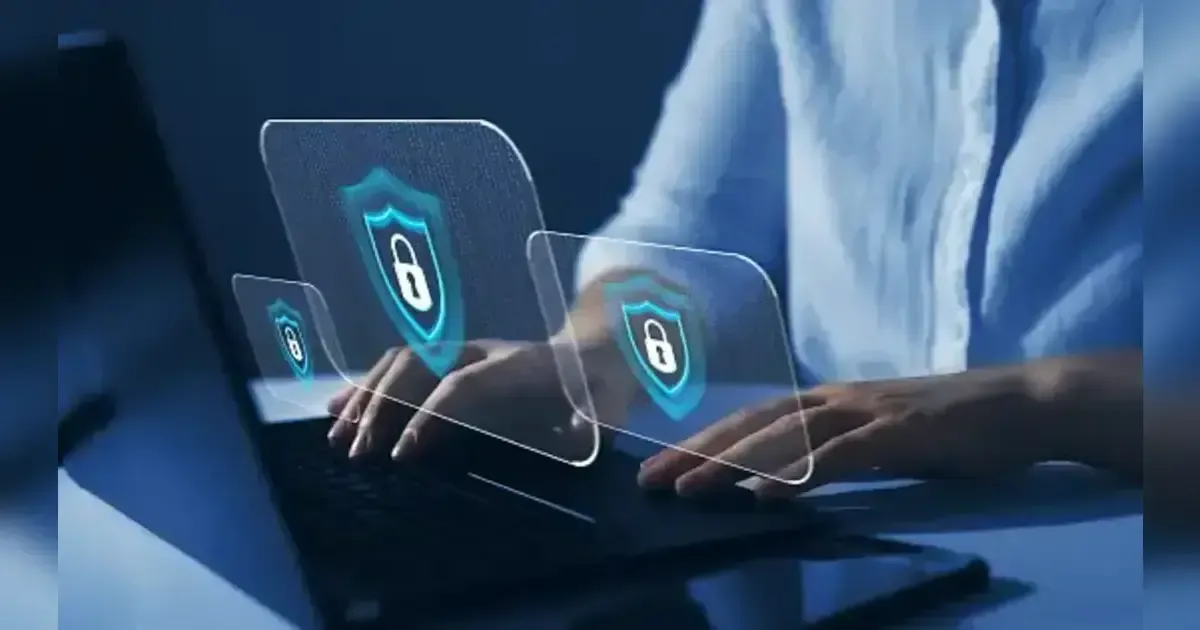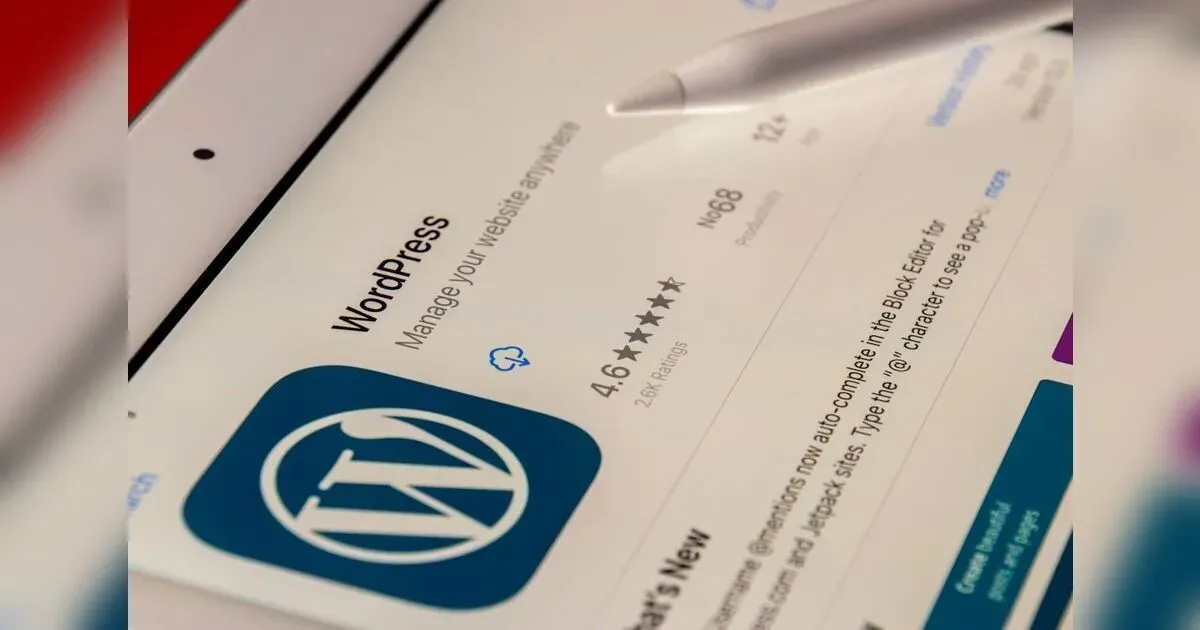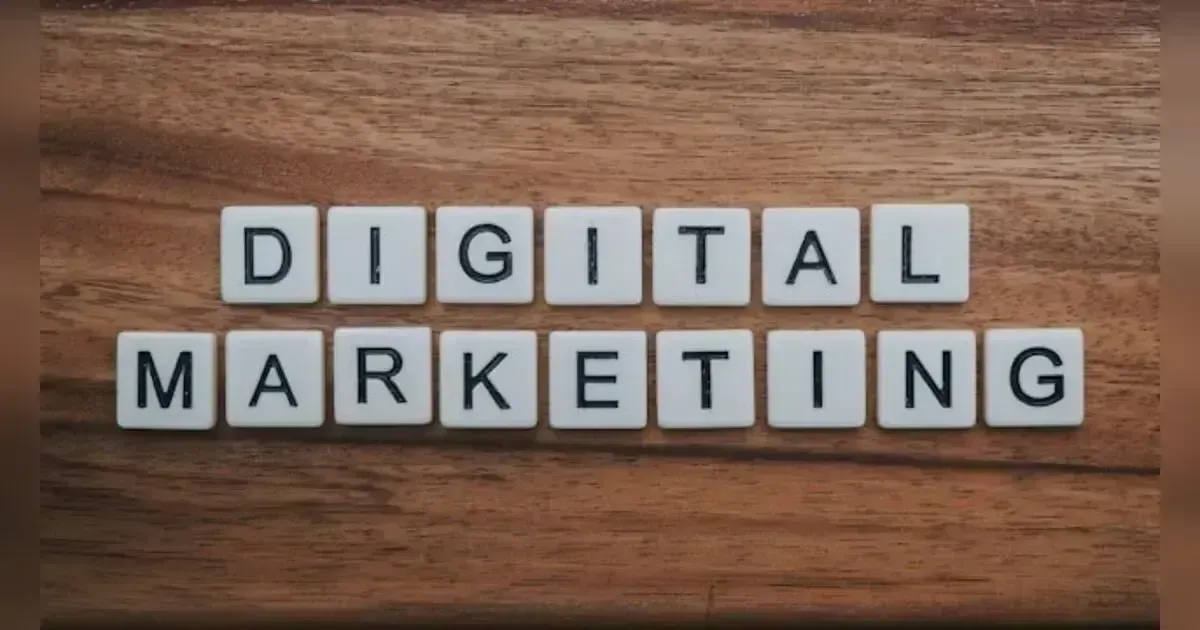This comprehensive guide explores the most important security practices you need to improve your online banking experience. We'll dive on how to create a strong and outstanding passwords, the importance of two-factor authentication and consistent threats on public WIFI. We will provide software updates if it's on anti-virus protection.
In today's fast-paced world, online banking has become a critical tool for managing our money. From transfers and payments to custody banking and managing transaction, the convenience it provide is undeniable. However, with this convenience comes the accountability to protect our personal financial information. But cyber criminals are always coming up with new ways to exploit people in online banking systems. Whether through malware attacks, phishing scams or unauthorized gadgets, there is always a high risk to our money but fear not! By taking a proactive action and implementing strong security measures, we can significantly reduce the risk of falling prey to these cyber predators.
Robust access credentials: The first line of defense in online banking security.
Online banking offer undeniable convenience allowing you to manage your finances from anywhere at any time. But with this relief comes the responsibility to protect your hard-earned money. Strong access authorization access and is the cornerstone of online banking security. Let us delve into why strong certifications are important and find best practices for doing so.
- Why strong credentials are important
Think of your online bank account as a fortress. Documents as simple as simple passwords or recycling are like flimsy doors that a determined attacker can easily get through. However, strong certificates work like a strong security system with multiple layers of protection. Here’s how strong credentials protect your online banking:
- Blocking attacks:
Hackers often use automated tools that try to guess your login using common passwords and combinations. A strong and complex password greatly reduces your chances of good judgment.
- Limiting brute-force attacks:
In a brute-force attack, hackers systematically try every possible password combination until the code is cracked. Strong passwords of varying lengths and colors make this process incredibly time-consuming, often deterring attackers altogether
- Protecting against shoulder surfing and social engineering:
Even in virtual environments, someone will look over your shoulder and try to steal your login credentials A strong password, which you won’t share, makes it useless if you find out.
- Creating inaccessible certificates
Now that we understand the importance of having strong credentials, let’s explore how to create them:
✓Length is Key: Go beyond minimum password length requirements. Aim for at least 12-15 characters, which makes it much harder to crack.
✓Embrace complexity: Don’t stop at simple dictionary words or sequences.
Combine with upper and lower case letters, numbers, and special characters (such as @, #, $).
✓Above all: Resist the urge to reuse passwords on your accounts. Using the same credentials, a single platform data breach can compromise your online banking account.
✓Avoid personal information: Stay away from your name, date of birth, pet name, or any other information that anyone who knows you can easily take a guess.
✓Use password managers: Consider using a password manager with good reputation to generate and store strong & unique passwords for all your accounts. This eliminates the burden of remembering complex combinations maintaining the validity of a certificate
✓Length is Key: Go beyond minimum password length requirements. Aim for at least 12-15 characters, which makes it much harder to crack.
✓Embrace complexity: Don’t stop at simple dictionary words or sequences.
Combine with upper and lower case letters, numbers, and special characters (such as @, #, $).
✓Above all: Resist the urge to reuse passwords on your accounts. Using the same credentials, a single platform data breach can compromise your online banking account.
✓Avoid personal information: Stay away from your name, date of birth, pet name, or any other information that anyone who knows you can easily take a guess.
✓Use password managers: Consider using a password manager with good reputation to generate and store strong & unique passwords for all your accounts. This eliminates the burden of remembering complex combinations maintaining the validity of a certificate
- Even strong passwords can be compromised if left unchecked. Here are some more tips:
✓Enable Two-factor Authentication (2FA): enable 2FA if available. This requires you to add one-time code to your password and is usually done by text message or by an app.
✓Be vigilant of phishing Scams: Don’t click on links or download attachments from skeptical emails or text messages, even if they appear in your bank account. These could be phishing attempts designed to steal your login credentials. Always log in to your internet banking account by typing the official web address directly into your browser.
✓Regular password updates: Don’t let your guard down. Consider changing your passwords always, especially if you suspect a security breach or if you share your credentials (which is usually not recommended).
By following these practices, you can create and maintain strong login credentials, which will become the cornerstone of your online banking security system. Remember that cybersecurity is an ongoing process. Stay vigilant, update your software, and be careful about the information you share online. With strong credentials and security, you can bank online with confidence.
Internet banking security: A vigilant approach to account management
The convenience of online banking is undeniable. With a few clicks, you can check balances, transfer funds, and even pay bills. However, with this relief comes responsibility – the responsibility to safeguard your h money from cyber threats. This is where vigilance and careful account management become online cornerstone of bank security.
- Happiness: Your first line of defense
Treat yourself as your online security manager. It’s about always being clear and careful when using online banking services. Here’s how keeping your eyes open can strengthen your defenses.
- Identify suspicious activity:
Check your accounting activity carefully. Regularly review your transaction history to identify any unauthorized or unusual transactions. Look for discrepant amounts, unfamiliar merchants, or out-of-area trades.
- Security of your devices:
Your computer or smartphone acts as a gateway to your online bank account. Make sure your devices are protected with strong passwords, and consider fingerprint or facial recognition for added security. Avoid using public Wi-Fi networks for online banking, as they are less secure. If using public Wi-Fi is unavoidable, consider using a Virtual Private Network (VPN) for added security.
- Known software:
Update your operating system, web browser, and antivirus software. These updates typically include security patches that address nine identified vulnerabilities.
- Account Control: How to Comply
Caution is necessary, but not enough. Active account management strengthens your online security posture. Here are some basic account management practices.
✓Strong passwords: This may looks obvious, but it’s worth repeating. Use a strong and unique password to access your online banking. Avoid using personal information such as birthdates or pet names, and consider using a password manager to create and store strong passwords.
✓Two-Factor Authentication (2FA): Most banks offer an additional layer of security called 2FA that requires a second authentication step in addition to your password, such as your phone code. This reduction reduces the risk that you'll still be able to access the phone more, even if your password is compromised.
✓Account Alerts: Set up account alerts to notify you of specific events, such as major transactions, login attempts from invalid devices, or changes to your account information. When suspicious activity is detected, these real-time alerts can respond immediately.
✓Strong passwords: This may looks obvious, but it’s worth repeating. Use a strong and unique password to access your online banking. Avoid using personal information such as birthdates or pet names, and consider using a password manager to create and store strong passwords.
✓Two-Factor Authentication (2FA): Most banks offer an additional layer of security called 2FA that requires a second authentication step in addition to your password, such as your phone code. This reduction reduces the risk that you'll still be able to access the phone more, even if your password is compromised.
✓Account Alerts: Set up account alerts to notify you of specific events, such as major transactions, login attempts from invalid devices, or changes to your account information. When suspicious activity is detected, these real-time alerts can respond immediately.
- Check regularly:
Periodically review your account settings, including login information, linked accounts, and security preferences. Make sure everything is up to date and reflective of current needs.
- remember:
Never share your login credentials or financial information with anyone, even if it says it’s your bank account. If you suspect fraud, contact your bank immediately. Stay updated on the latest online banking security threats. Banks often provide products and information on their websites.
Cybersecurity is an ongoing process, not a one-time event. By being vigilant and proactive, you can ensure that your online banking experience is secure and convenient.
Cybersecurity is an ongoing process, not a one-time event. By being vigilant and proactive, you can ensure that your online banking experience is secure and convenient.
Clicks and network selection are so important for online banking security
When it comes to online banking security, vigilance is essential. Two important steps to protect yourself from cybercriminals are to be careful about the links you click and the websites you link to. Let us take a look at why these aspects are so important and how you can promote safe practices.
- Risks of insecure networks and public Wi-Fi
✓Phishing attacks: Malicious people often use phishing emails or text messages to trick you into clicking on a link. These links can take you to a fraudulent website that resembles like your bank’s real website. Once you enter your login credentials, criminals steal your identity. Being vigilant greatly reduces your risk of being involved in these types of scams.
✓Intermediary attacks: Public Wi-Fi networks, such as those in coffee shops or airports, are generally not secure. This means that criminals can intercept data transferred over the network. If you log in to your bank account on an insecure website, hackers can steal your login information or even tamper with the your dara.
✓Intermediary attacks: Public Wi-Fi networks, such as those in coffee shops or airports, are generally not secure. This means that criminals can intercept data transferred over the network. If you log in to your bank account on an insecure website, hackers can steal your login information or even tamper with the your dara.
- How to watch Links
✓Click links from unknown senders: Phishing emails and text messages often have links to fraudulent websites. If you receive a message from an anonymous sender, especially one that requires immediate action on your bank account, do not click on any of the links. It's best to use a familiar phone number to communicate directly with your bank.
✓Hover over links to see where you're actually going:
Many email systems and web browsers allow you to hover your cursor over a link to see the actual URL. This can highlight contractions. Valid bank link clearly identify your bank name in the URL beginning with "https://".
✓Go directly to the bank's website: Instead of clicking on links in emails, it is safer to go to your bank's website by typing in a web address you know is correct in your browser's address bar.
✓Hover over links to see where you're actually going:
Many email systems and web browsers allow you to hover your cursor over a link to see the actual URL. This can highlight contractions. Valid bank link clearly identify your bank name in the URL beginning with "https://".
✓Go directly to the bank's website: Instead of clicking on links in emails, it is safer to go to your bank's website by typing in a web address you know is correct in your browser's address bar.
- How to choose a secure website for online banking
✓Avoid public WIFI for banking:
As mentioned earlier, public WIFI is a breeding ground for cyber attacks. If possible, avoid accessing your online bank account when you are connected to a public network. Wait until you find a connected secure, private network, preferably your home WIFI.
✓Use a secure home WIFI network: ensure your home WIFI network is password protected with strong encryption (WPA2 or WPA3). Avoid using passwords that are easy to guess, and regularly reset them.
✓Consider a virtual private network (VPN): If you must use public WIFI for online banking, consider using a VPN. A VPN encrypts all your online traffic, making it harder for hackers to steal your information. However, ensure you choose a reputable VPN provider with a strong security record.
As mentioned earlier, public WIFI is a breeding ground for cyber attacks. If possible, avoid accessing your online bank account when you are connected to a public network. Wait until you find a connected secure, private network, preferably your home WIFI.
✓Use a secure home WIFI network: ensure your home WIFI network is password protected with strong encryption (WPA2 or WPA3). Avoid using passwords that are easy to guess, and regularly reset them.
✓Consider a virtual private network (VPN): If you must use public WIFI for online banking, consider using a VPN. A VPN encrypts all your online traffic, making it harder for hackers to steal your information. However, ensure you choose a reputable VPN provider with a strong security record.
Conclusion.
To wrap up, by following these tips, you can immensely reduce fraudulence and keep your hard earned money protected. Keep in mind, that strong security requires a layered approach. Make good use of strong passwords and Two-factor authentication, and stay away from suspicious connections. Be vigilant of phishing scams and do not hesitate to contact your bank if something seems wrong. If you want to be active and learn more, you can confidently access online banking systems and enjoy the a lot of advantages that come with it.


























